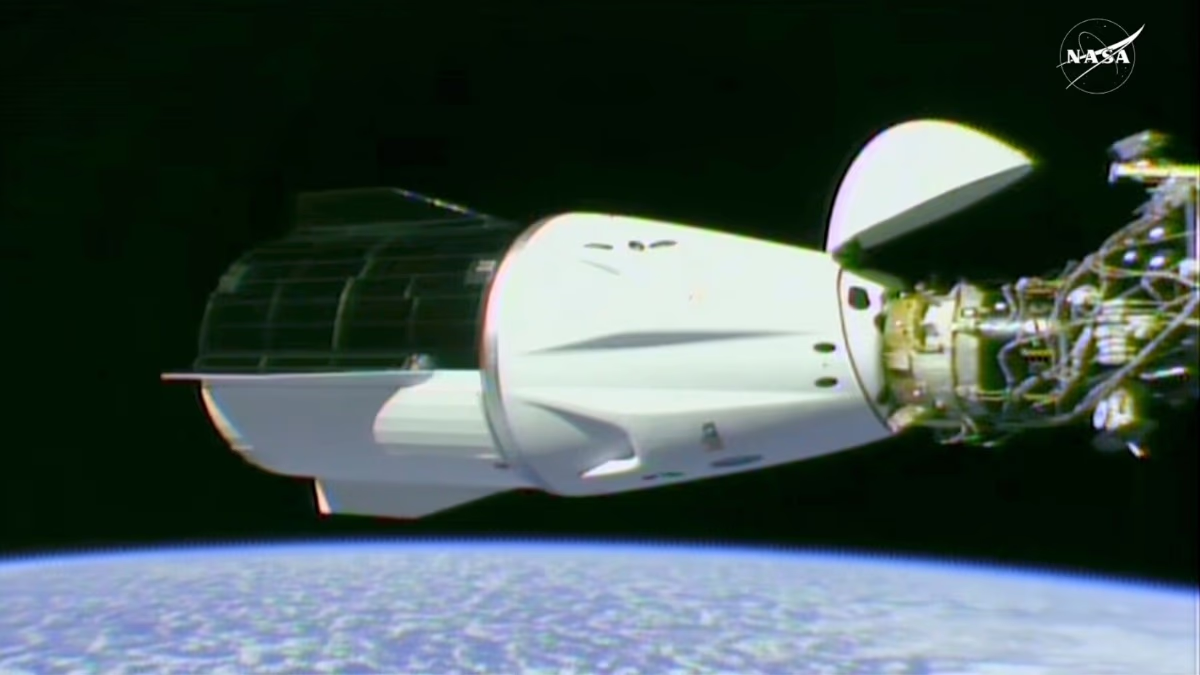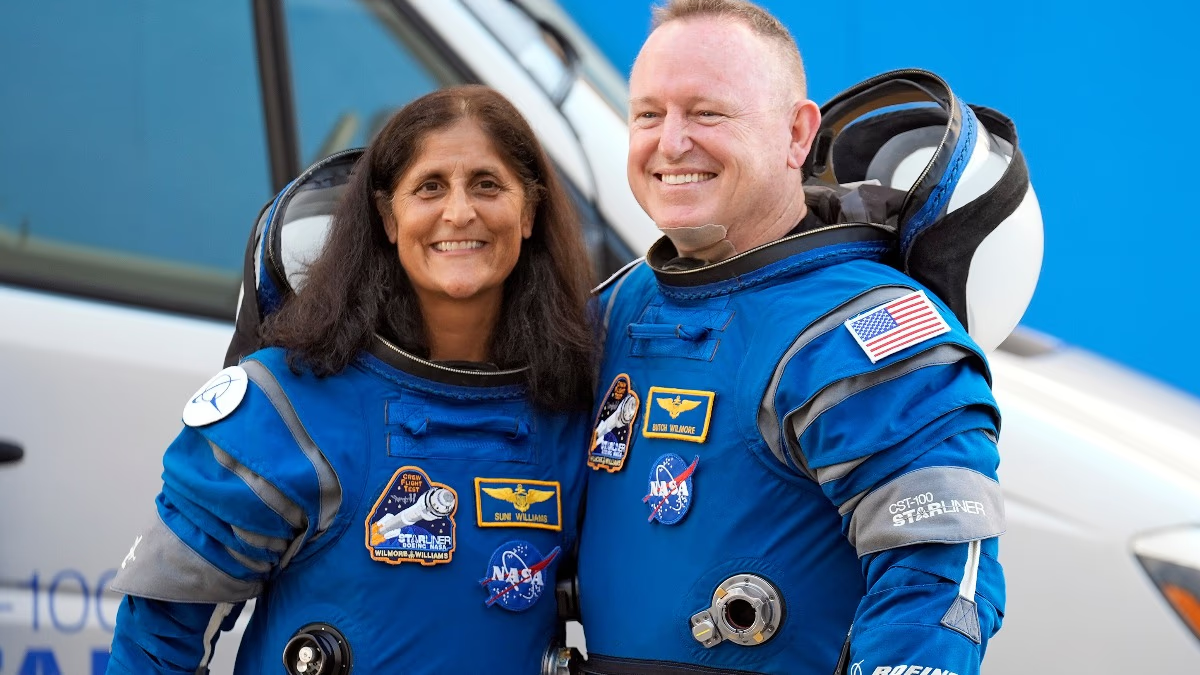After spending nine months aboard the International Space Station (ISS), NASA astronauts Butch Wilmore and Sunita Williams have embarked on their journey back to Earth aboard the SpaceX Dragon capsule. The homecoming mission commenced on Tuesday morning, and if weather conditions remain favorable, it is expected to conclude with a splashdown off the Florida coast early Wednesday, Indian Standard Time.
Safe Landing is Essential
NASA's decision to use SpaceX's Dragon capsule for the safe return of astronauts marks the conclusion of this long-duration space mission, initially intended to last only a few days. Both astronauts reached the ISS in Boeing's Starliner capsule in June 2024, but a series of technical glitches rendered the spacecraft unsuitable for their return. Consequently, they were incorporated into NASA's extended space mission before their safe return on the SpaceX Dragon was orchestrated.
Read More:
Unlike the Russian Soyuz spacecraft, which can return astronauts to Earth in just 3.5 hours, the SpaceX Dragon capsule's return journey takes approximately 17 hours. The prolonged timeline is driven by multiple factors emphasizing crew safety and landing precision. The ISS orbits the Earth at about 420 km in altitude at a speed of 28,000 km/h (17,500 mph). The return journey requires precise alignment with the landing zone, meaning the Dragon capsule cannot start its descent immediately after undocking.

Source: aajtak
Parachutes to Slow Down
For a smooth and safe return, the spacecraft must perform a controlled deorbit burn while calmly making its way to the splashdown site. During re-entry, the capsule experiences intense atmospheric friction causing substantial heating, necessitating a gradual low-speed descent. Parachutes deploy to slow down the descent at higher altitudes, ensuring a safe landing. SpaceX selects the landing site based on weather conditions, ocean currents, and the recovery ship's position. If conditions are unfavorable at the primary site, the capsule can remain in orbit longer before beginning its descent anew.
Soyuz Earthbound Descent
While the Soyuz opts for a more direct and faster descent into Earth's atmosphere shortly after undocking from the ISS, the Dragon follows a slower, controlled return involving multiple orbits to pinpoint an ideal time and location for atmospheric re-entry. Additionally, Soyuz always lands on solid ground, whereas Crew Dragon chooses a splashdown approach in the ocean. This ensures optimal weather and sea conditions, resulting in additional time for the return journey.

Source: aajtak
NASA's return mission began with Wilmore and Williams aboard the Dragon capsule. Initially, the hatch was sealed, and pre-departure preparations commenced. Key mission events included astronauts entering the Crew Dragon capsule and securing the hatch. They then donned their flight suits and performed multiple systems checks before undocking from the ISS. The Dragon capsule is now expected to descend off Florida's coast.
NASA is live-streaming significant mission moments, including the undocking sequence, deorbit burn, and splashdown process. Once safely down, recovery teams will retrieve the astronauts and transport them to the Johnson Space Center in Houston for post-mission evaluation.
Mission Significance and Future
The return of Wilmore and Williams marks the end of an extended mission that began as a short-term test flight design for Boeing's Starliner capsule. However, following Starliner's malfunctions, NASA deemed it too risky for crew return, leading to alternative arrangements with SpaceX.
This mission's successful completion will demonstrate Crew Dragon's versatility, a crucial part of NASA's commercial crew program. Furthermore, it highlights the challenges facing Boeing's Starliner program, experiencing repeated delays and technical shortcomings.




